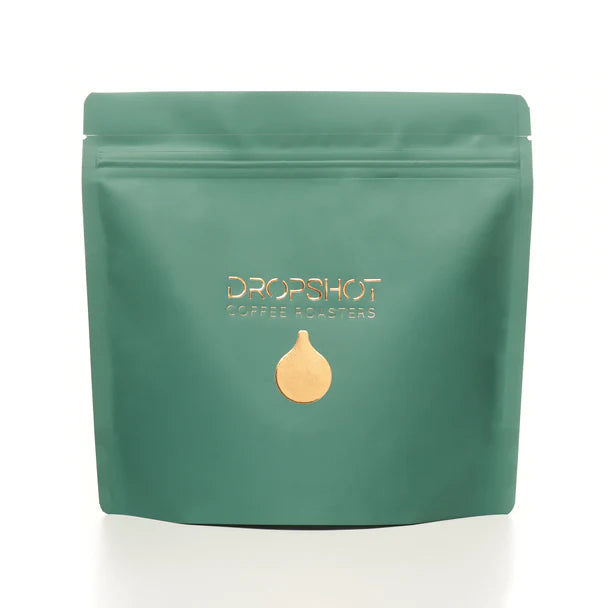
Roasting style
When we roast coffee we are guided by the potential of the raw material and our vision of the "coffee in the making".
Let us explain...
Raw coffee can be more or less complex. Complexity refers to the number of different aromas and tastes that a coffee can offer. The more different aromas and tastes you identify in the coffee, the more complex it is considered. Graders evaluate coffees with points, with the highest scores being awarded to the most complex coffees.

Omniroast
The omniroast roasting method has a clear sensory objective: fruitiness and sweetness. This means that you can easily extract all their concentrated flavor with a high-performance espresso machine, whether you brew the coffee with a manual V60 filter or enjoy a sweet treat on an Aeropress or French Press. They are so good that you can even try it with an automatic espresso machine. You can keep an open mind for experiments!
This roasting style is suitable for manual espresso machines, which have a higher extraction efficiency, manual brewing equipment or automatic filter machines. Many of these coffees can also be extracted by automatic espresso machines, but you will have to understand that it is a compromise.

Modern espresso
We apply this style to reveal the flavor profile of the coffee’s unique origin, varietal, and processing. We focus on highlighting the dominant flavors we identify in the coffee beans, ensuring that we can deliver a balanced and easily extracted cup. These coffees have a distinct personality – they are sweet, have a specific mild acidity, and often have a dark chocolate aftertaste.
We recommend this roasting style for coffees prepared as espresso and milk-based beverages, especially for both manual, semi-automatic, and automatic espresso machines. In the filter method, this roasting profile provides a round, sweet, and balanced experience. However, it is not the most reliable choice if you are looking for a pure, bright, and full-bodied cup of coffee.

Traditional espresso
This style favors consistency over clarity and creaminess over brightness. We develop the coffees during roasting so that they can offer a stronger feel, a creamy body and intense sweet caramel flavors. We always make sure that these coffees have a sharp taste at the beginning, but they usually end with a long and bittersweet chocolate aftertaste.
We recommend these coffees for espresso and milk-based drinks, especially for automatic espresso machines that have a lower extraction efficiency. The coffee can also be made in the filter method, resulting in a sweet and rich cup, but it will lack the acidity, complexity and brightness.
Delivery throughout Romania
Estimated delivery time is 1-4 business days.
Free delivery
You benefit from free delivery from 200 RON.
Secure online payment
Your payment information is processed securely.





